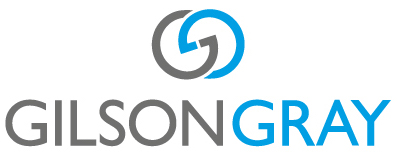Marcus Di Rollo: Rent cap changes won’t fix Scotland’s housing market challenges

Marcus Di Rollo
Marcus Di Rollo discusses the housing crisis in Scotland, considering the implications of rental market policies like the rent cap for both landlords and tenants.
Scotland is in the midst of a housing crisis. The number of new-build homes started and completed last year fell by 24% and 11%, respectively, while a survey from the Scottish Association of Landlords (SAL) suggested that around 22,000 properties may have been removed from the rental market in the last year.
Whatever your view on the housing market, it’s clear that we need more new homes to be built for sale and more properties available for rent – particularly to accommodate the growing number of people who have no intention of buying.
In the rental market, the problem is only likely to get worse. The same SAL survey found that more than half of the property owners were considering a reduction to their portfolio, with 83% blaming ‘hostile’ policy for doing so.
The clearest example of that has to be the rent cap, introduced in 2022 and revised in April this year. Though the changes are a move in the right direction, they are unlikely to repair the damage that has been done to Scotland’s private rental sector, which provides hundreds of thousands of homes for people across the country.
Prior to April, any increase to private rents was subject to a cap of 3% - or slightly higher if they could prove significant cost rises. Now, although that figure has been raised to a maximum of 12%, there is still ambiguity over allowable increases.
Where the gap between the market rent and what a current tenant pays is 6% or less, the landlord is allowed to raise their rent up to the market level. However, in cases where the market level is higher, the landlord can increase the rent by 6% plus an additional 0.33% for each percent over 6% the market level exceeds what the tenant currently pays.
A rise of up to 12% may sound substantial. But, for landlords who have not been able to increase rents in any meaningful way since 2022, while seeing their mortgage costs rise by potentially 100% in the interim, it is going to make little difference – especially for those already losing money on their properties.
Clearly, and understandably to a point, the Scottish Government tried to limit rent increases that may have been passed onto tenants because landlords’ borrowing costs rose so substantially with base interest rates. It was also arguably designed to make more rental properties available for purchase.
Yet, it did little to fix the problem of rising rents – despite the cap, rents averaged a 12.9% increase during 2023. And if you are selling a city centre flat in Edinburgh, it’s unlikely to be a first-time buyer, or even someone living locally for that matter, who is going to purchase it.
The rent cap has also caused a longer term issue by restricting supply. While build-to-rent schemes have been postponed or shelved altogether, student accommodation and hotels continue to be developed, with a range of properties in Edinburgh, Glasgow, Aberdeen, and Dundee being repurposed for those uses when they could provide housing.
It is difficult to know what would have happened if the rent cap had never been introduced – but similar policies have produced mixed results elsewhere. Either way, continuing to deter investment in the private rental sector is not the answer to solving any aspect of Scotland’s perennial housing shortage – in fact, it’s only going to make the problem worse.

Marcus Di Rollo is lettings director at legal firm Gilson Gray







